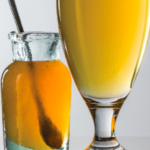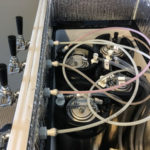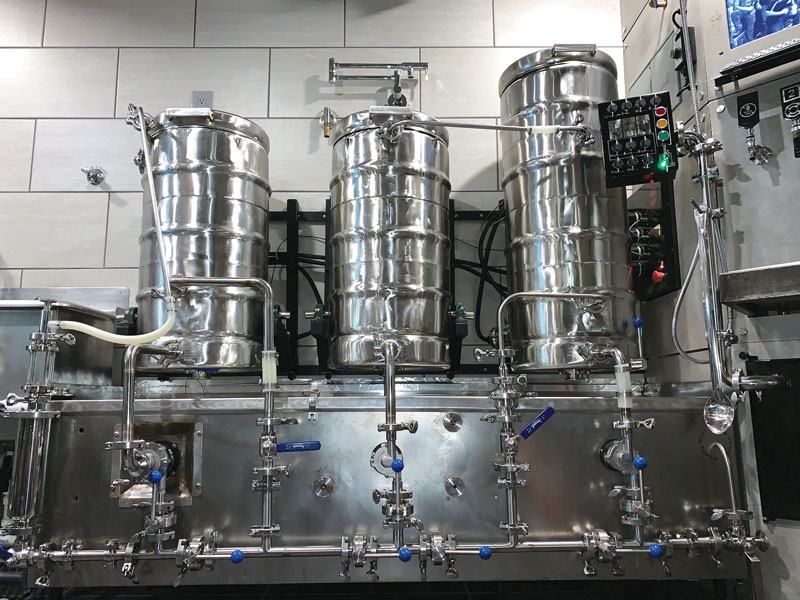Writer: Dawson Raspuzzi
10 New Hops to Brew With
It still strikes me as a little odd when I see a beer can boldly declaring “hops” as an ingredient. Sure, hops are an ingredient in almost every modern beer, but the
Lupulin Brewing Co.’s Sophistry 06 clone
Lupulin Brewing Co.’s Sophistry 06 clone (5 gallons/19 L, all-grain)OG = 1.072 FG = 1.015IBU = 27* SRM = 5 ABV = 7.5% * Beers heavily dry hopped can differ greatly from
Icarus Brewing Co.’s Pineapple Hindenburg clone
Icarus Brewing Co.’s Pineapple Hindenburg clone (5 gallons/19 L, all-grain)OG = 1.064 FG = 1.016IBU = 17.1 SRM = 6 ABV = 6.2% This recipe was born out of a collaboration with the Ocean
Indeed Brewing Co.’s Triumph Pale Ale clone
Indeed Brewing Co.’s Triumph Pale Ale clone (5 gallons/19 L, all-grain)OG = 1.055 FG = 1.011IBU = 45 SRM = 6 ABV = 5.7% This single-hop pale ale from Indeed Brewing features juicy/berry/tropical flavors
Late Hopping: Tips from the Pros
Hop additions have been pushed back later and later in the brewing process of hoppy beers as brewers look to maximize aroma and flavor. We asked three pro brewers renowned for their
Kveik: Tips from the Pros
It shouldn’t be a surprise to anyone that when American craft brewers got their hands on the fast-fermenting kveik strains from Norway they immediately started using them to quickly turn around IPAs
Brewing NEIPA – Tips from the Pros
The current darling of the craft beer (and homebrew) world, New England IPA (NEIPA) requires copious amounts of late hop additions, but there is a lot more to making a world class
Water Adjustments: Tips from the Pros
Just because water is safe to drink doesn’t mean it is ideal for making great beer. Changing the chemistry of water is the first step great brewers take when creating a recipe,
Spontaneous Fermentations: Tips from the Pros
Wild beers can be fermented a couple of ways —from pitching cultured yeast/bacteria or leaving the wort exposed and allowing it to ferment spontaneously, as Belgian lambic brewers do. While riskier, spontaneous
Spiced Meads: Tips from the Pros
Spiced meads, often called methyglyns or metheglins, date back as far as mead itself. The options are limitless when it comes to choosing what spices and herbs, as well as how they
Souring with Lactobacillus: Tips from the Pros
Soured beer can be produced in the same amount of time as non-soured styles with the help of Lactobacillus. Generally, this is done using the kettle-souring method for styles like Gose and
Draft Care
Pouring a beer with a perfect head of foam from your draft system is a thing of beauty, but without proper maintenance the experience can be spoiled. Keep things from going off












